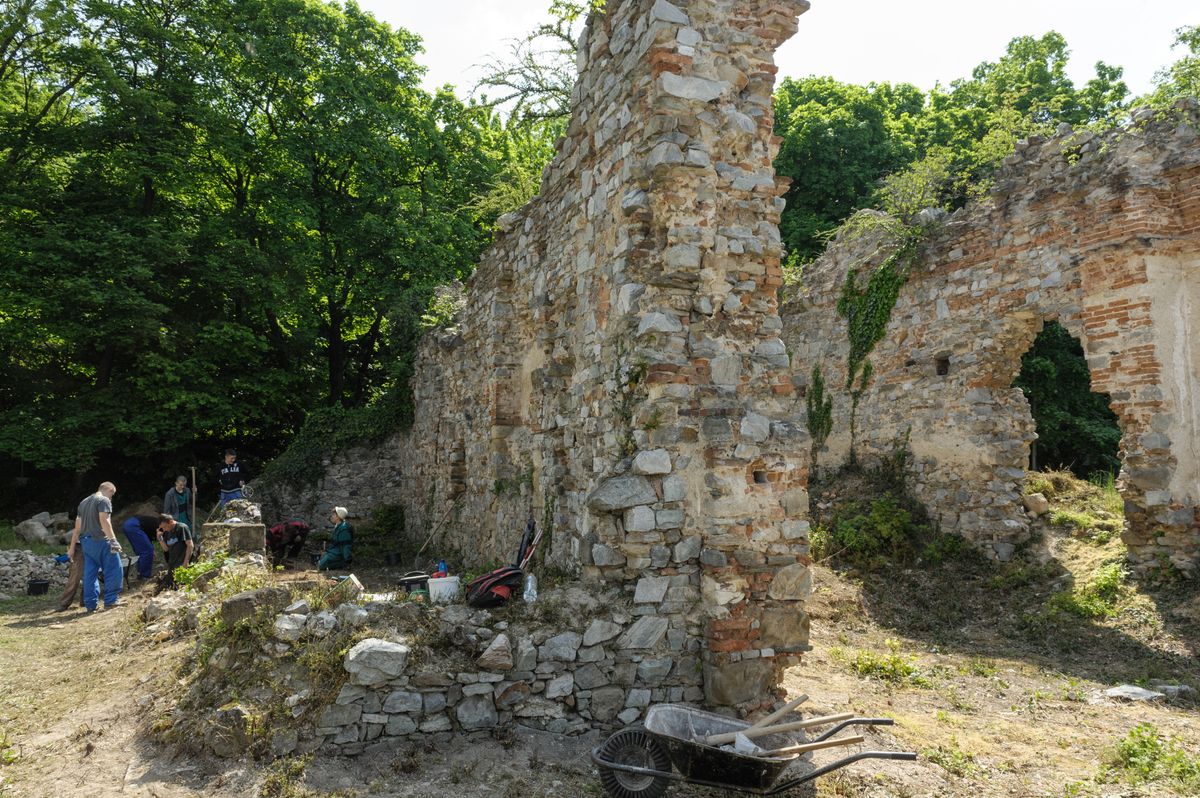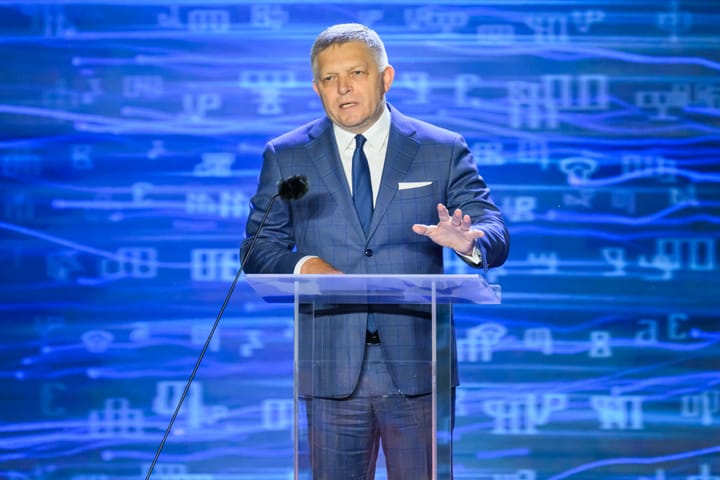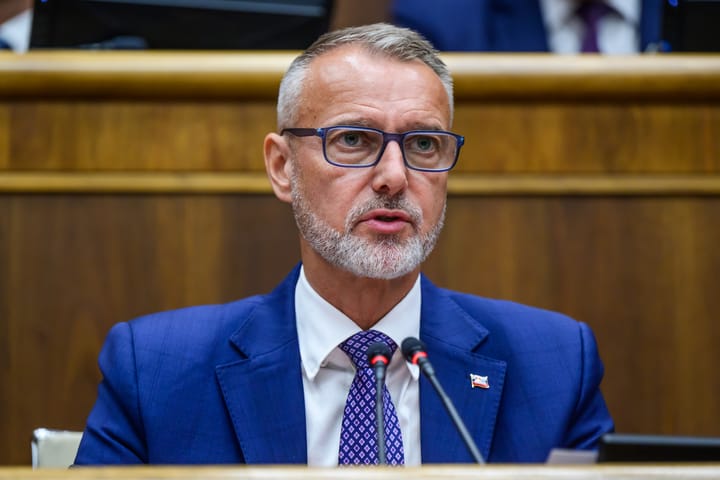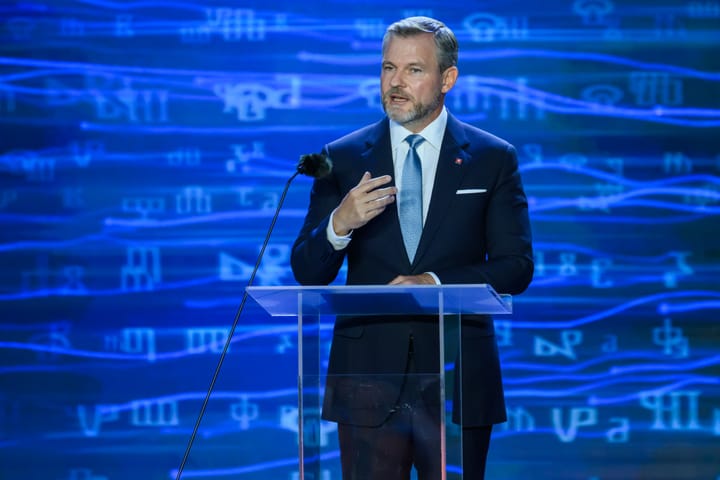Restoration of Zobor Monastery Ruins to Advance This Year

Nitra, February 11 (TASR) – The Zobor Beautification Fellowship, armed with a subsidy of €7,000 from Nitra city council, is planning to make progress in reconstructing the ruins of the first monastery on the territory of modern-day Slovakia, which is located on Zobor hill near Nitra, and to make the monastery’s church accessible to the public this year, fellowship head Jan Kratochvil has told TASR.
“We managed to finish the work on the construction details concerning the ruins of the monastery’s Saint Joseph’s church last year. Parts of the ruins above ground have been preserved. We plan to place an altar table and a statue of [local hermit-saint] Andrew Zorard in the nave in the spring. The premises will then be made accessible to the public,” said Kratochvil.
The Zobor Beautification Fellowship has been striving to restore the buildings of the ancient monastery for years. It was eventually decided that the structure should be restored in six phases by 2024, with the overall cost estimated to reach €910,000.
There is historical evidence for the existence of the Benedictine Saint Hippolytus Monastery on Zobor hill dating back to at least the year 880, and the site is also known as the place of origin of the oldest written documents from Slovakia – the Acts of Zobor (1111-1113).
Zobor Abbey served as a key centre of spiritual, legal and cultural life in the early Kingdom of Hungary until it was transferred with all its property to the Nitra diocese by the pope in 1468.
The monastery was then deserted for 150 years before the arrival of Camaldolese monks, who built Saint Joseph’s church in the late 17th century. The most notable figures of this era included the legendary ‘Flying Monk’ Cyprian, who allegedly constructed mechanical wings that he actually used for flying, and Friar Romuald Hadbavny, a distinguished linguist, who was the first person to translate the entire Bible into the Slovak language almost 300 years ago, even before the language was first codified by Anton Bernolak in 1787.



